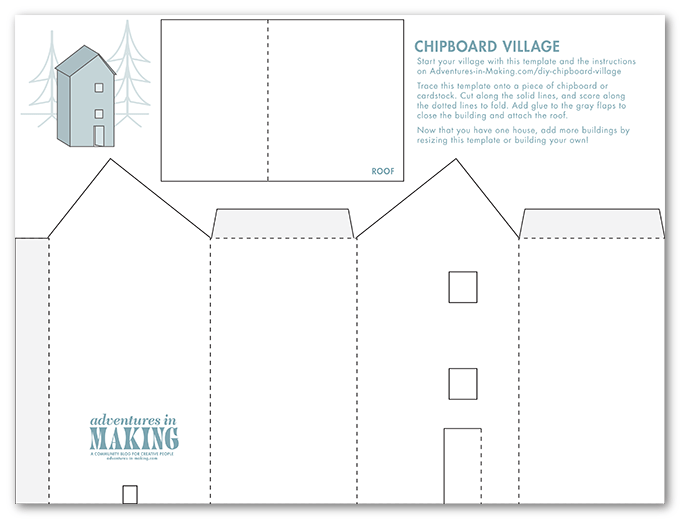 From 2014-2016 I chronicled my crafty endeavors on the site Adventures-in-Making. I’ve selected a few of those DIY’s, Recipes, and other posts to share on the site.
From 2014-2016 I chronicled my crafty endeavors on the site Adventures-in-Making. I’ve selected a few of those DIY’s, Recipes, and other posts to share on the site.
An old deck of cards in one hand, and the perfect Christmas Tree outside… something weird’s gonna happen.
We love games at this house. Card games, board games… you name it. I love to buy my children card games for Christmas or on their birthday as we love being able to play games with each other as a family. There are so many different card games out there that 8 year olds love to play with and so I try and find ones that are suitable for their age. We enjoy playing with them that much that I’m replacing them more regularly than I’d like to be. I don’t love worn-out cards, though, so I’ve been looking for a clever way of getting rid of a couple of our older decks. After playing with strips of paper as Christmas ornaments, I started thinking about ways to turn flat cards into 3-d shapes. Internet searches gave me a few options, including this great tutorial for making ornaments out of MTG playing cards. After following the tutorial, I made a couple of tweaks and ended up with another great collection of ornaments for our outdoor holiday tree.
Supplies
- A deck of cards
- Thin-ish wire: I used 22 Gauge floral wire
- Assorted beads or buttons: Make sure the wire will fit through the holes.
- Wire clippers and pliers
- Craft knife or paper cutter
- Awl or large needle for piercing cards
- Ribbon or string

To begin you will cut several playing cards into 1/2″ strips. Choose 16 of those pieces to turn into your first ornament.

Poke a hole, at the bottom and top of each piece, approximately 1/4″ from the end. (You should be able to pierce through multiple cards at once.)

Trim a length of wire, approximately 10″ long, and put a small loop in one end. String at least one bead as a stopper, then start feeding your card pieces on, one at a time. This will be the bottom of your ornament, and the side showing from the bottom (shown above) will be the side of the card facing out on your ornament.

Once you have all your card pieces fed on the wire, add about 1-1/2″ of beads as spacers.

Starting with the bottom piece of card, gently feed the wire through the pierced hole at the other end.

Do the same with the next lowest piece of card, letting it rest against one side. Repeat with the next lowest piece of card EXCEPT let it rest on the other side of the center.

Repeat this action on each piece, going back and forth between each side of the ornament. It should begin to form a sphere.

There should be just enough space to feed the last (most interior) piece through. If you feel like the pieces are too cramped, you may want to gently tear a piece or two off your wire.

When you have all the pieces wrapped back around, add another bead or two, make a loop in the wire, and trim. Feed a ribbon through the loop, and you have a nifty ornament!
Other things to try
- Make the spacer inside the ornament longer for a more spherical ornament, or make it shorter for a more compressed “space saucer” ornament. The different shapes will need a slightly different number of card pieces, but I’ve found that they all use between 14 and 16 pieces.
- String two ornaments on the same wire for a more complex shape.
- Mix and match back pieces and front pieces for a striped pattern.
- String an extra piece of beaded wire or string to the bottom of the ornament for even more decoration.
- Go crazy with bead spacers and see what happens.























































You must be logged in to post a comment.